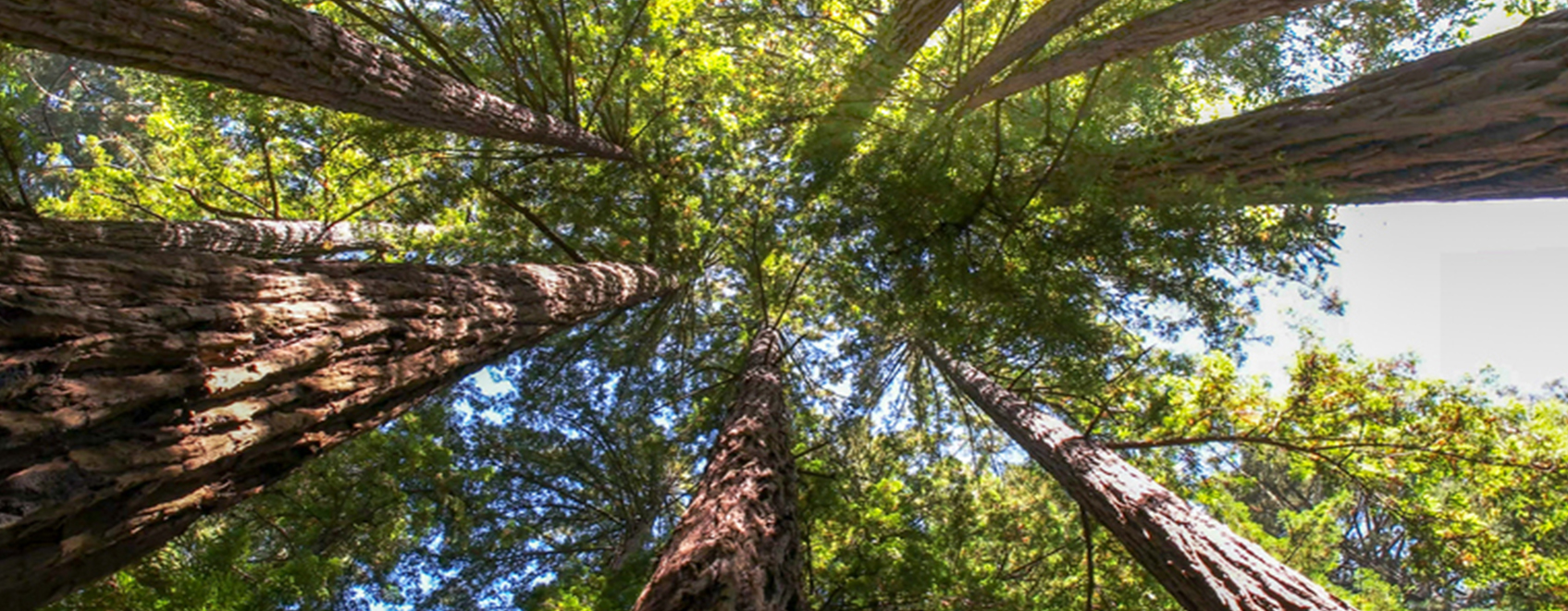Don’t get caught on a limb : 3 things to know about tree coverage for businesses
June 11, 2021
UFG Insurance
Business

Remember the old riddle, “If a tree falls in the forest, and no one is around to hear it, does it still make a sound?” Along the same lines, if a tree falls on your property but doesn’t hit anything, will your business property insurance cover the cost to remove it. Or is it time to bust out the chainsaw and call some friends?
Unfortunately, after a storm rolls through and leaves a mess of branches and uprooted trees, many business owners find themselves up a tree. Why?
That’s because most insurance policies don’t provide coverage for tree removal or replacement; if they do, most cover only a minimal amount. That is, unless — and this is a big, oak-sized “if” — the tree hits a covered structure, such as your office building or warehouse. In that case, tree debris removal is typically covered up to a reasonable amount.
The price of tree removal can easily cost thousands of dollars, making it an expensive gamble for your business, depending on where your trees are located (and we all know where money doesn’t grow).
To keep your costs low and business safe, you should consider adding tree insurance coverage to your broader risk management strategy. Here are three things you should know about this specialized coverage and the process of removing that downed oak.
Tree insurance coverage for businesses
- It matters why the tree fell.
Tree insurance coverage can help to pay the costs of removing and replacing fallen trees on your property, even if they don’t cause damage, but it doesn’t cover everything. Weather-related or accident-caused losses may be covered by your tree insurance policy, but trees that fall because they are dead or diseased are typically considered due to the owner’s negligence.
That’s a good reason to work with your local arborist to ensure the trees on your property are well-maintained, and to read the fine print on your policy’s debris removal and landscaping coverages.
- Pay attention to where the tree fell.
For a lot of business owners, it’s instinctual to think that your neighbor would be responsible for contacting their insurance company to take care of their tree if it falls on your business property. But, unfortunately, that’s not how it works. In fact, it’s the exact opposite.
If your neighbor's tree lands on your business property, you’ll need to file a claim with your insurance to help take care of it. The same would apply if a tree from your business falls on your neighbor’s property—your neighbor would need to file a claim with their carrier.
Before filing your claim, you'll want to take plenty of photos and detailed notes. Get in touch with your carrier or agent who can explain the process, review your coverage and answer any questions.
- Double check that your tree company is covered.
When hiring a company to perform a tree service, making sure they have proper coverage probably isn't the first thing you look for. But, just as you should double check their reviews and experience, it's important to check on their tree service insurance.
If their policy doesn't specifically cover tree work, any damages that come from work being done on your property falls under your responsibility. Before hiring any company, you'll want to ask them about the type of insurance they have. If they don't provide a clear answer, you might want to use a different company.
When it comes to your business, there are a lot of items you're thinking and worrying about. UFG Insurance offers a variety of simple solutions for business owners, with many coverage options that can help protect your property—inside and out. Talk to a UFG agent today!
The information provided is for informational purposes only. Every attempt is made to ensure that the information is accurate; however, it is not intended to replace professional advice. For more information, see Disclaimers & Other Legal Documents.

